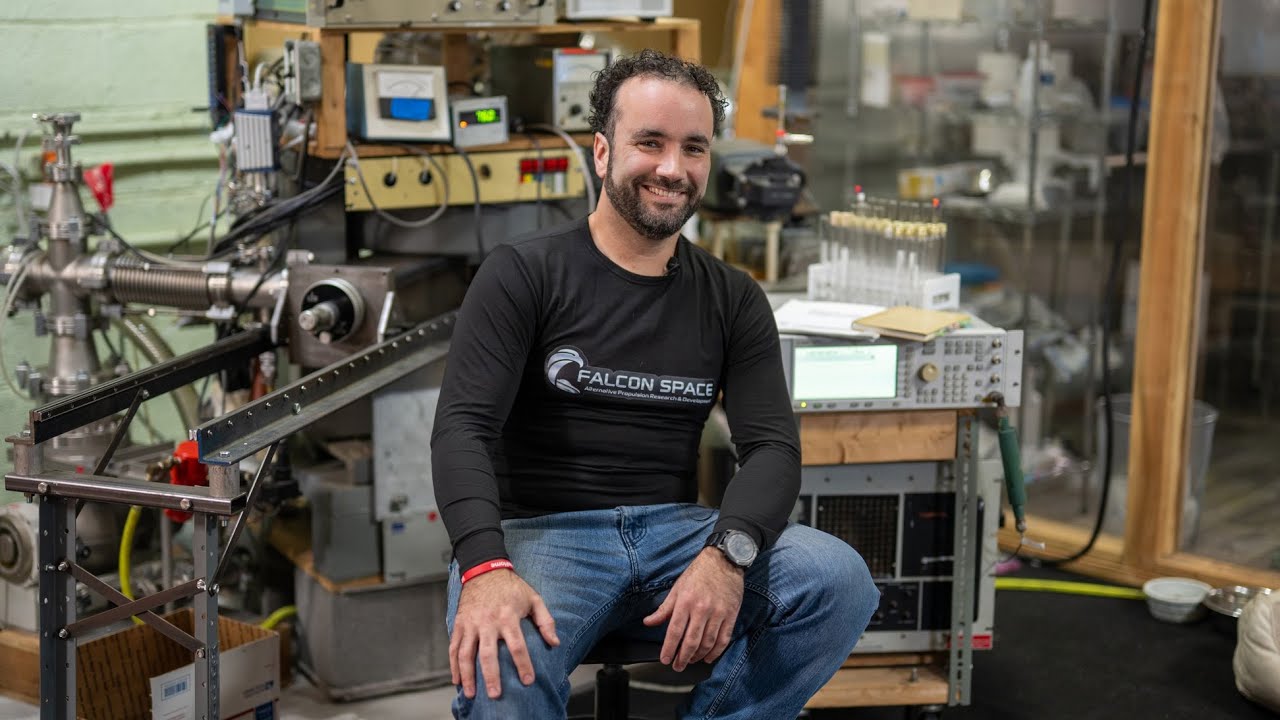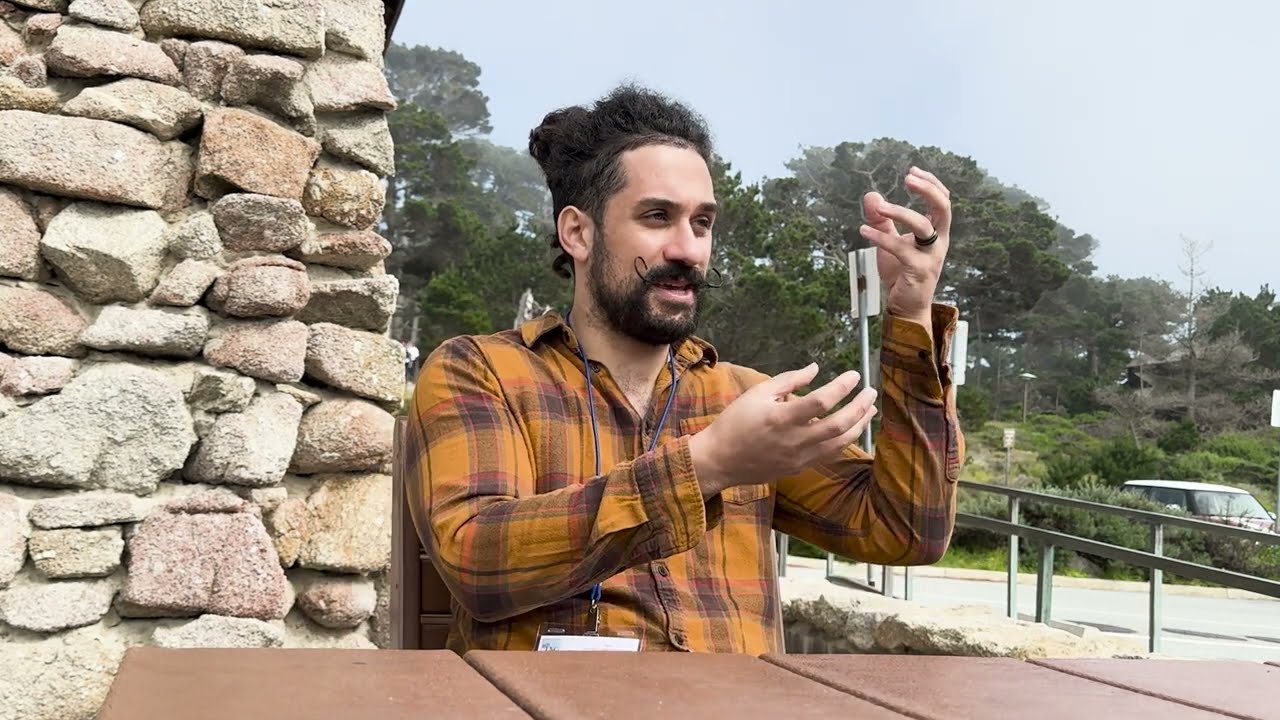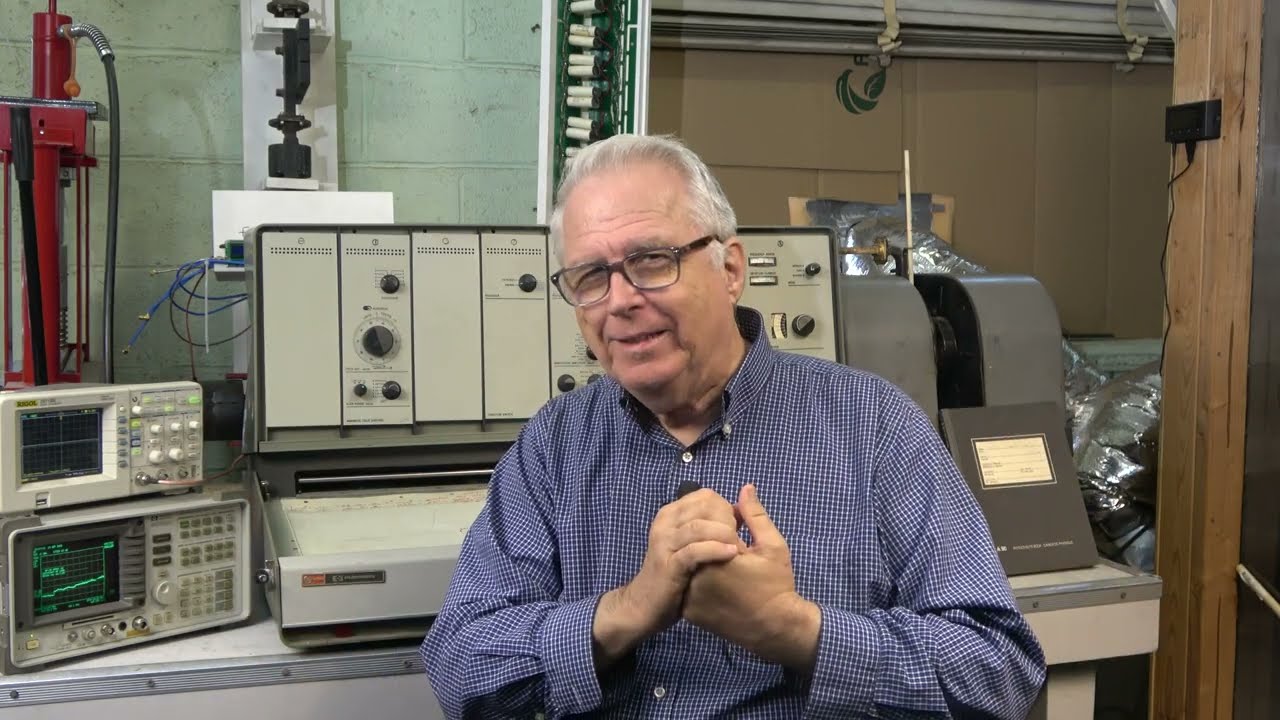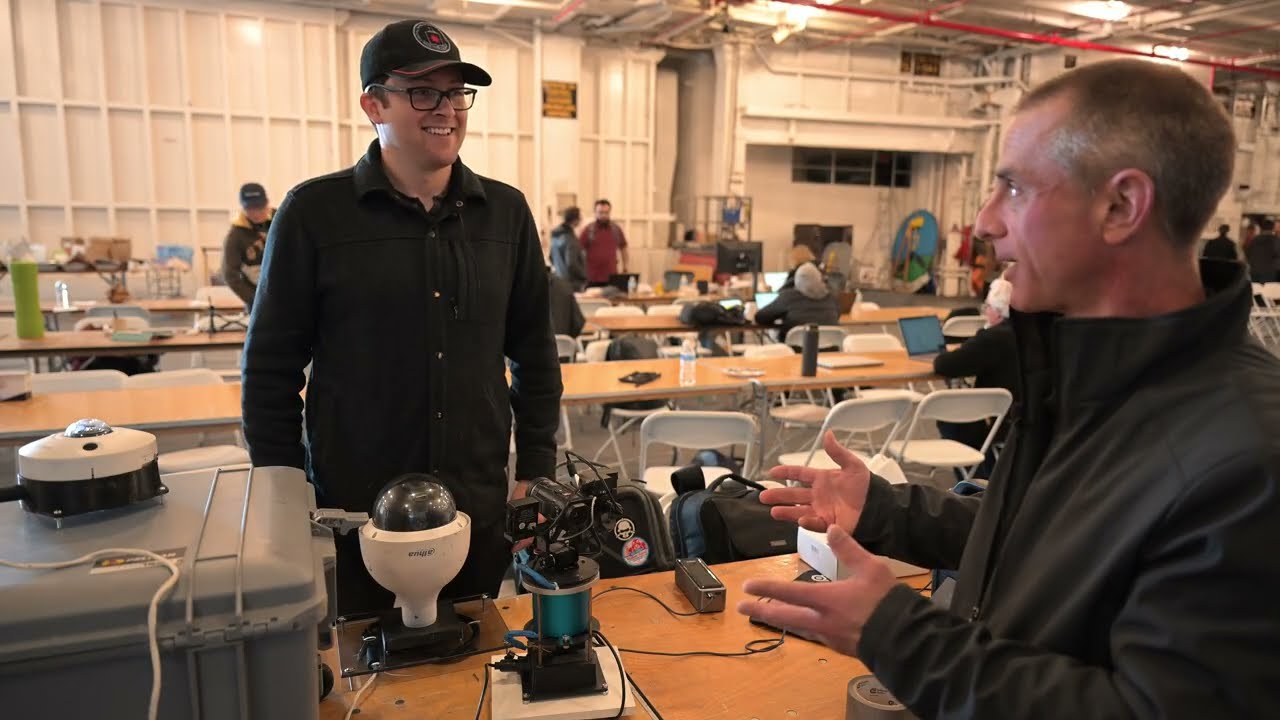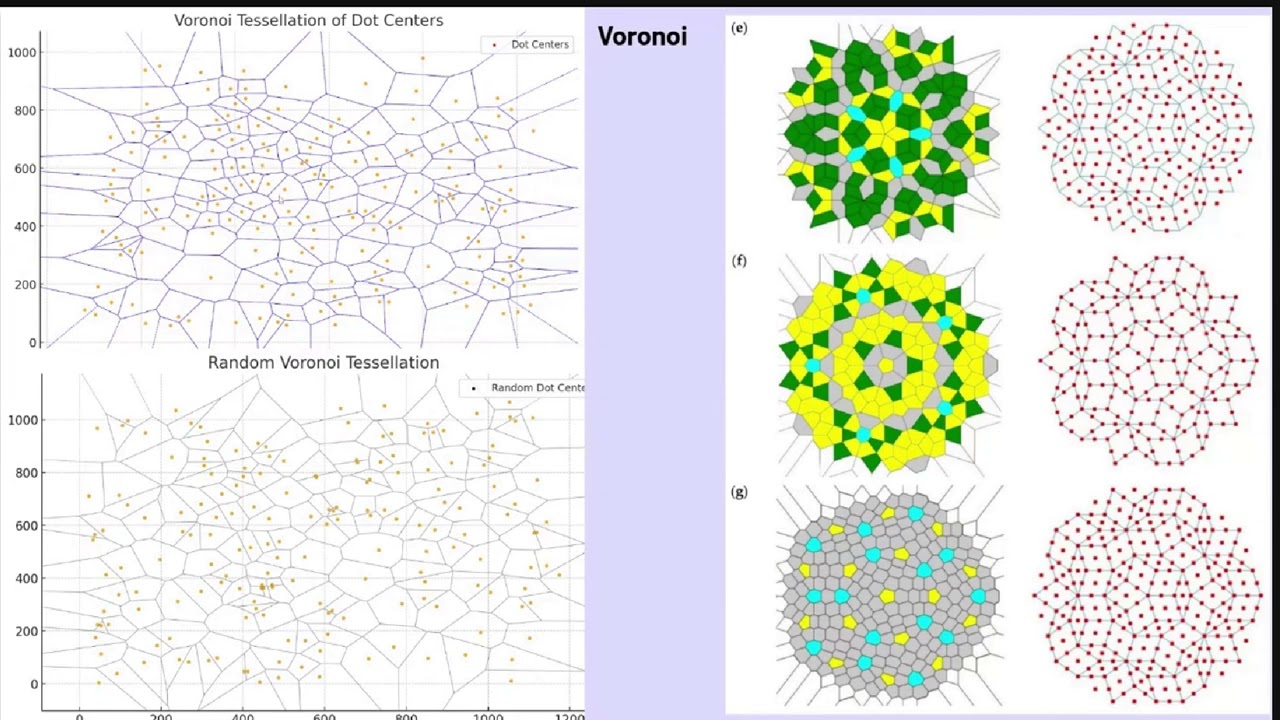Lab Walkthrough & DNP Antigravity Overview
Mark Sokol and Jarod Yates do a walkthrough of the Falcon Space lab & discuss Dynamic Nuclear Polarization test equipment & the theory behind using DNP for space propulsion. Mark describes the scientific principles of Dynamic Nuclear Polarization, why Dr. Frederic Alzofon decided to pursue this approach to propellantless propulsion after analyzing data from the RB-47 UFO incident of 1957. He will also compare his approach to utilizing DNP for propulsion with existing materials analysis applications for this technology in industry, and how he is upgrading his equipment to test new sample materials with greater accuracy.
This video details the setup and testing of a complex experimental apparatus designed for the Alzofon experiment, focusing on manipulating subatomic spin via electron spin manipulation to achieve anti-gravity effects. The setup includes a vacuum chamber, vapor deposition chambers, an S-band system (though unused), a sophisticated micrometer adjuster for sample manipulation, and a thermogravimetric analyzer. The team discusses the unique design, functionality, and challenges of the system, including vacuum maintenance, complex wiring, and RF interference concerns. The experiment aims to measure changes in sample weight resulting from energy absorption through electromagnetic resonance, using a scale and spectrum analyzers. Key challenges include calibrating the RF system, managing data volume from high-speed measurements, and mitigating potential interference. The discussion also covers the theoretical underpinnings of subatomic spin, dynamic nuclear polarization, and the use of liquid hydrogen in the Razor effect for spin polarization. The experiment remains incomplete due to funding and interest loss, but the team is optimistic about future testing.
A Treasure Trove of Scientific Equipment
Our story begins with the discovery of a remarkable collection of scientific equipment, a testament to past ambition and ingenuity. The centerpiece is a sophisticated vacuum chamber, complete with a robust system of pumps (roughing, turbo), valves, and bellows equipped with ingenious contraction suppressors. The chamber itself is a marvel of engineering, featuring a unique nested design and a cleverly designed opening mechanism with a sliding rail system. Supporting this core are:
- •Vapor Deposition Chambers: Two chambers, along with spare parts, hint at previous experiments involving thin-film deposition.
- •S-band Setup: A surprisingly complex and ultimately unused S-band setup, a testament to the scale of the original project’s ambitions.
- •Micrometer Adjuster: A precision micrometer adjuster allows for precise sample manipulation (X, Y, Z axes, and rotation) within the vacuum chamber, integrated into a thermal gravimetric analyzer.
- •Custom Metal Components: New metal components, adding to the overall functionality and robustness of the setup.
The Alzephon Experiment: A Cryogenic Mystery
The equipment was originally designed for the Alzephon experiment, aiming to test materials under vacuum at cryogenic temperatures. The experiment, however, remained incomplete due to funding shortages and waning interest. Despite this, the setup is remarkably close to completion, showcasing a dedication to precision and detail.
Unveiling the Intricacies: A Detailed Look at the Setup
The heart of the experiment is a highly sensitive scale, moved by an armature with four degrees of freedom. Samples are mounted on a stick attached to the armature, allowing for precise positioning within the vacuum tube. The cryogenics option suggests the use of liquid nitrogen for low-temperature testing.
The system’s complexity extends to its wiring, a dense bundle of connections that includes a custom wire for auto-balance weight suppression. The team plans to utilize LabVIEW for charting the experimental output. The setup also incorporates a Faraday cage function within the chamber, aiming to mitigate RF interference. However, a small hole in the test tube, through which the sample travels, presents a potential pathway for RF leakage. The team acknowledges the need for shielding and further calibration to minimize this interference.
The Science Behind the Experiment: Subatomic Spin and Dynamic Nuclear Polarization
The Alzephon experiment delves into the fascinating world of subatomic spin and dynamic nuclear polarization. The goal is to manipulate electron spins to influence subatomic spin orientation, ultimately affecting nuclear spin resonance. This involves precise control of magnetic fields (using a magnet capable of 0.09-0.1 Tesla, with a potential for 3 Tesla) and RF pulses. The team plans to use electron paramagnetic resonance (EPR) and nuclear magnetic resonance (NMR) techniques to analyze the results. The experiment also considers the effects of forbidden transitions and the challenges of measuring rapid changes in sample weight.
Challenges and Future Directions
The team faces several challenges:
- •RF Interference: Minimizing RF interference through proper shielding and calibration is crucial.
- •Scale Sensitivity: The current scale’s limitations necessitate careful consideration of data acquisition and analysis.
- •Data Acquisition: The high-speed nature of the experiment requires a robust data acquisition system to handle the large volume of data generated.
Despite these challenges, the team is optimistic about the potential of the experiment. Further testing, including cryogenic experiments, is planned. The team’s dedication to understanding and overcoming these challenges promises exciting results in the future. The Alzephon experiment stands as a testament to the enduring pursuit of scientific knowledge, even in the face of setbacks.
Register For UFORev
Want to see more great UFO Reverse Engineering stories? Sign up for our mailing list to get exclusive access to captivating presentations, engaging events, and more!
RECENT POSTS
Dr. Frederick Alzofon’s Research in DNP & Gravity Control
November 23, 2023
UAP Detection & Tracking
April 22, 2025
Detecting UFO Warp Drive Signatures
April 12, 2025
Art’s Parts Sample May Contain Quasicrystals
April 7, 2025
